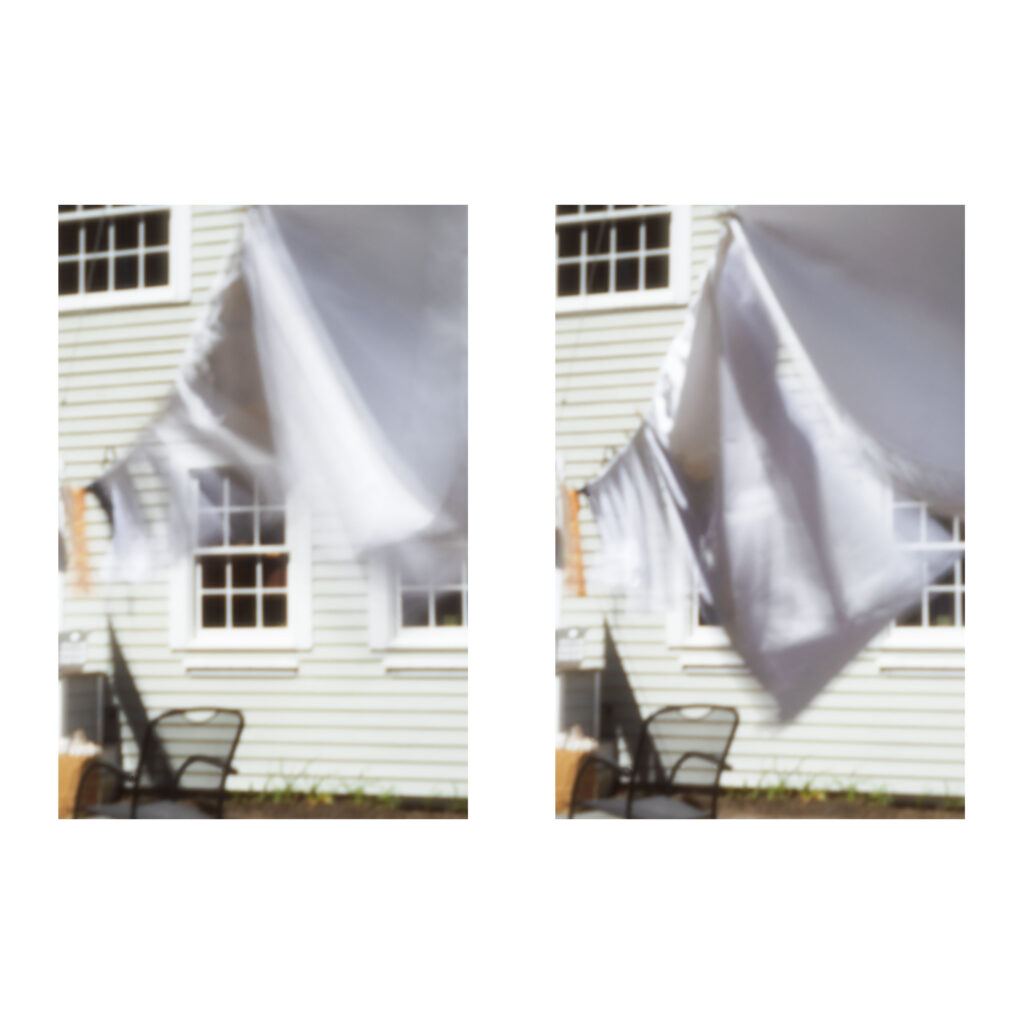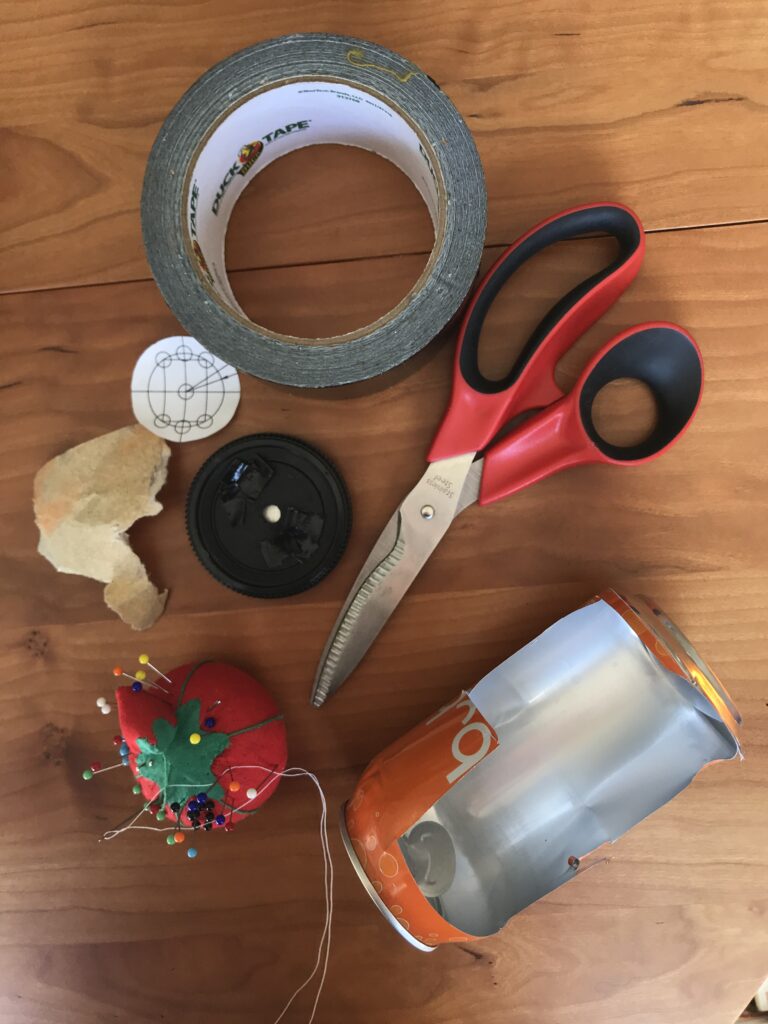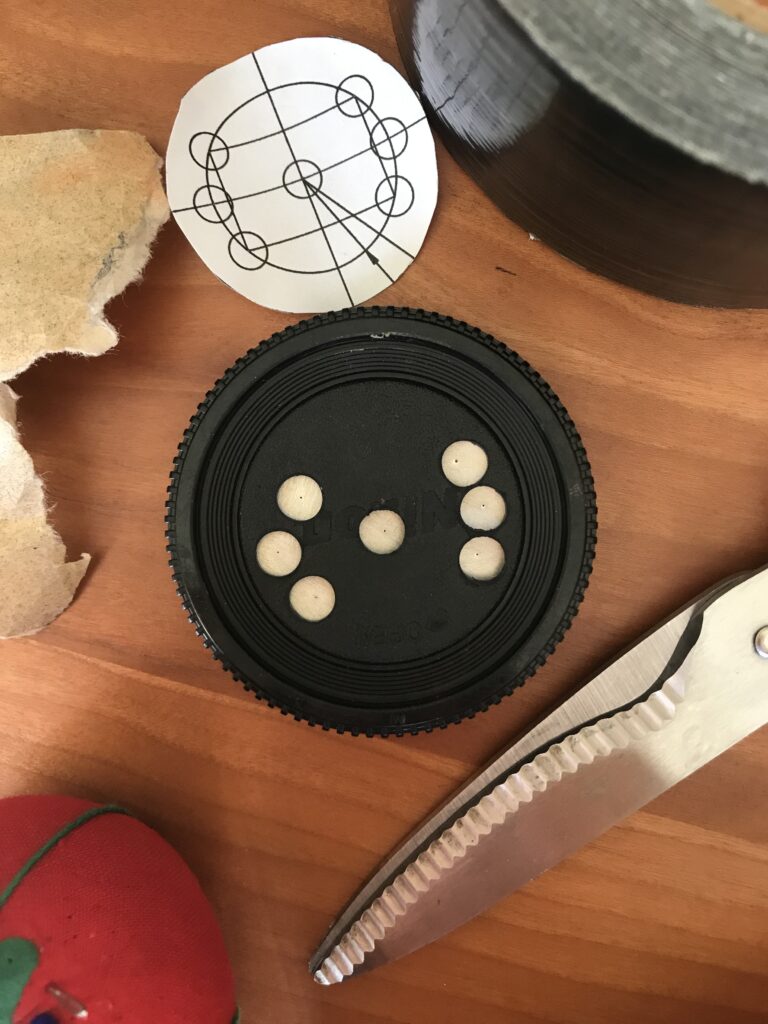Over the course of the past semester I have explored abstractions of motion and stasis as the subject matter within my photography. Juxtaposing motion, whether it be the movement of people or passage of time, with stationary forms of architecture slowly became a central theme throughout my projects. Since the shelter-in-place order has dictated the amount of motion we can partake in over the past few months, I wanted to find a way to continue exploring my interest in this dichotomy while being limited in my own movements.
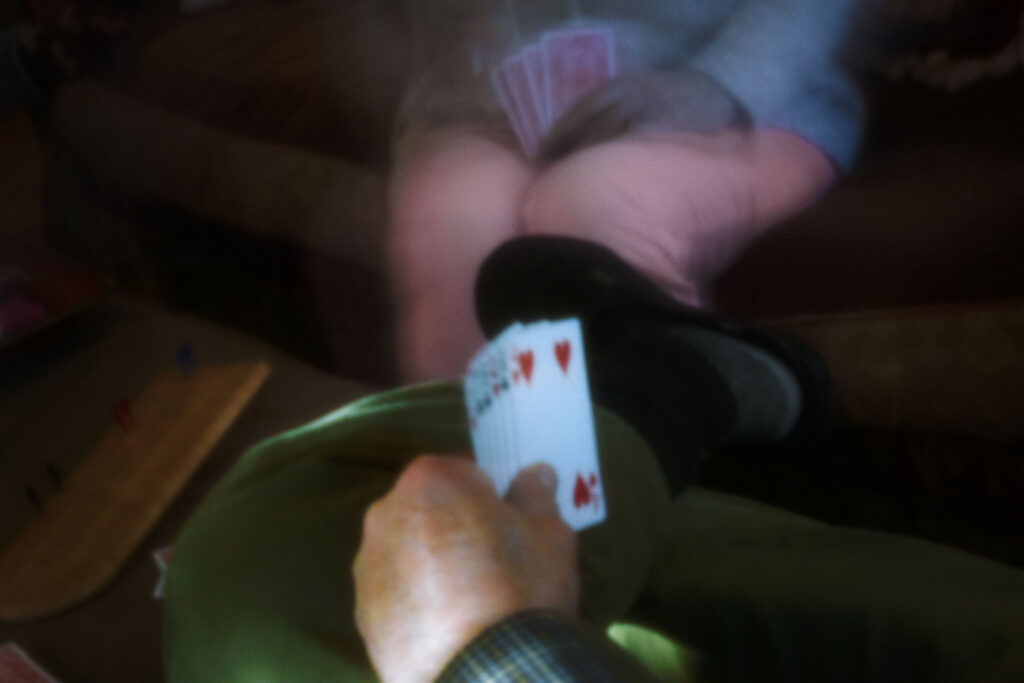


The first series of domestic scenes highlight the limited movement of my family and me within the confines of our home. Being stuck inside has forced my family to sort through old boxes, take up sewing, and play cribbage every night. The second series of nature scenes speaks to the consistency of the natural elements wind and water. Many people, if feasible, have turned to nature in effort to cope with the loss of movement in populated areas.
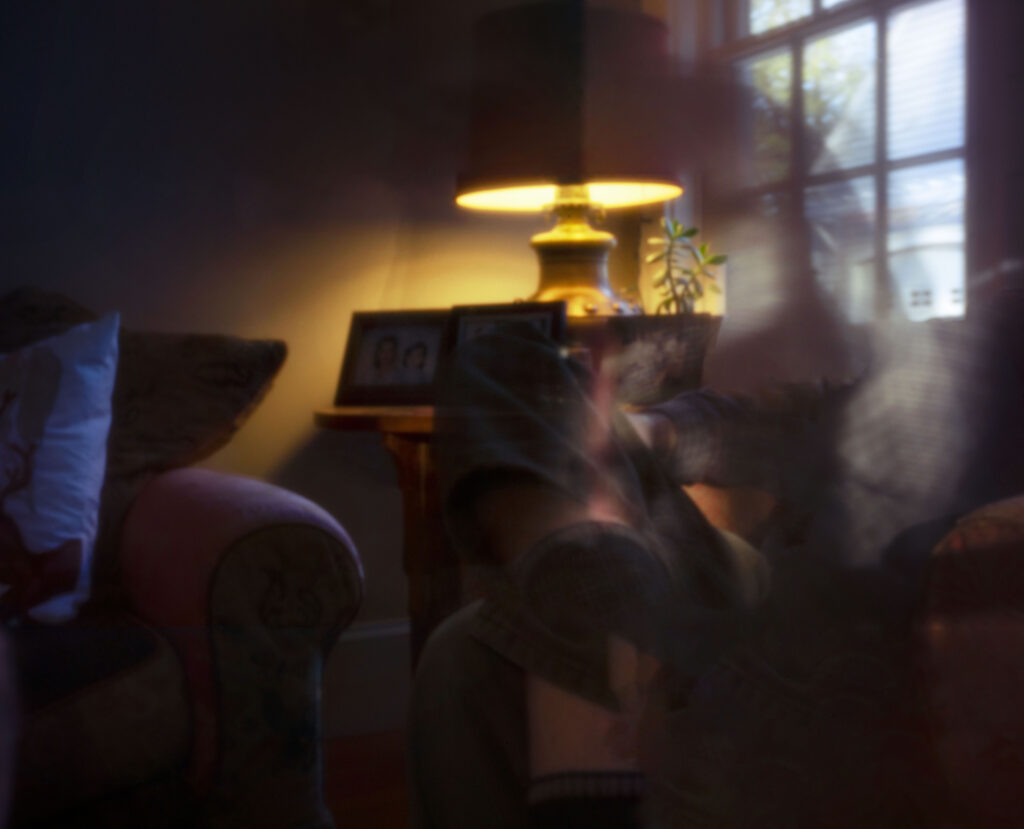
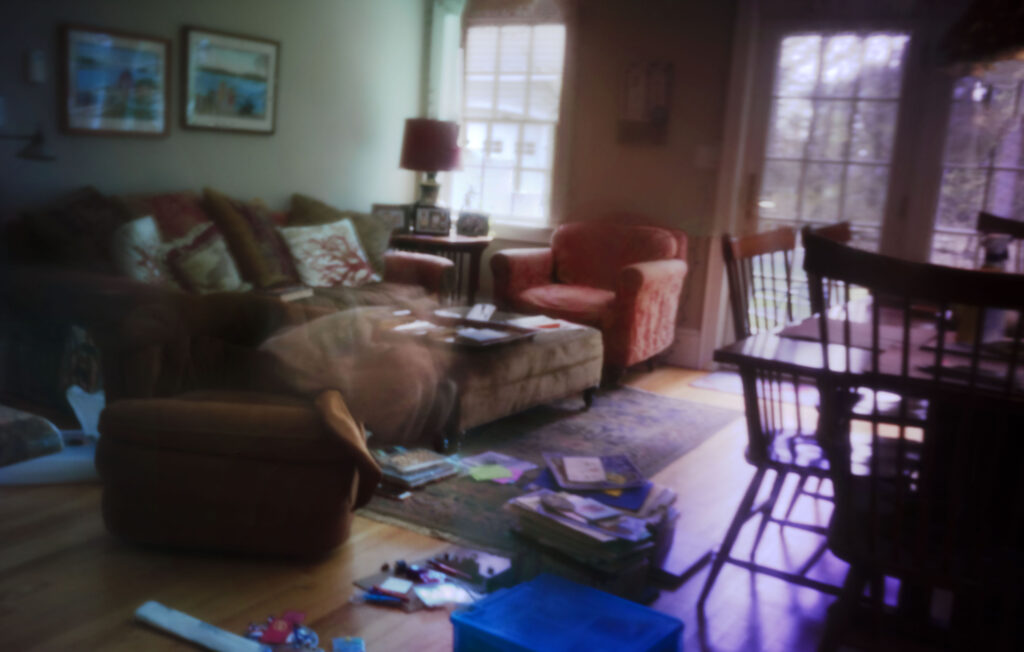
My first lens was a single-hole pinhole lens that created hazy, dream-like exposures with a fairly standard focal length (if not slightly more telephoto than a 50 mm lens). For this lens I followed a tutorial created by The American Frame that can be found here. Although I liked this effect, I missed the wide angle ability of my analog pinhole camera. I found a tutorial made by Udi Tirosh that presumably allowed for wide angle exposures to be captured in 7 pieces, and then later merged in Photoshop. I had some luck with this process, however it took several attempts before I got a lens that would correctly merge in Photoshop. Even still, the result of the merged photo was always a gamble that would either produce a seamless panorama or a patch-worked image.

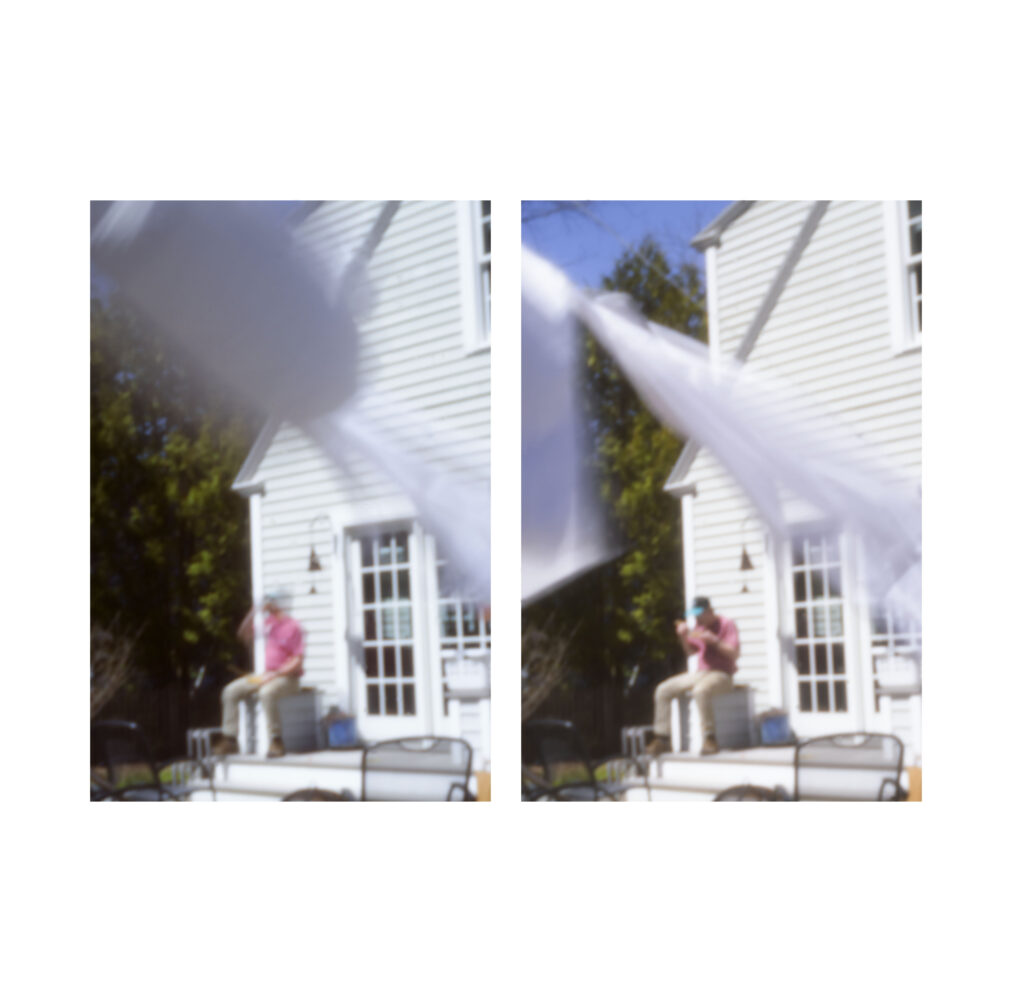
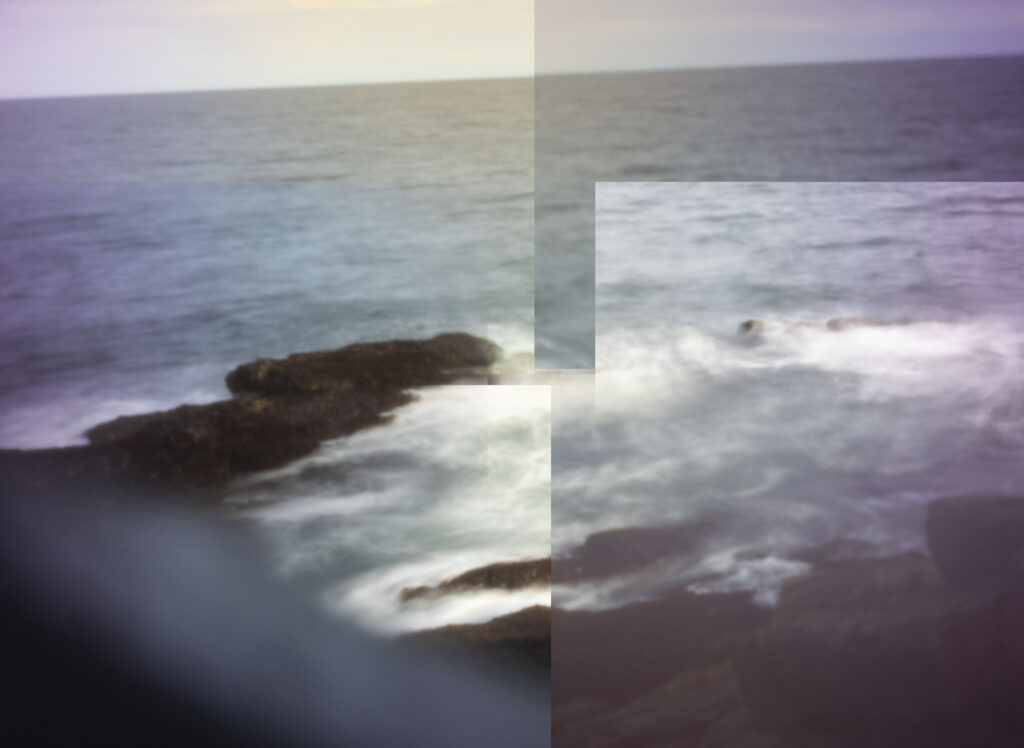
I returned to pinhole photography methods for aesthetic and symbolic reasons. Aesthetically, I thought the digital pinhole camera would create a vignetting effect that symbolized my current feelings of distress at the inability to discern how close the “light at the end of the tunnel” is. Symbolically, pinhole photography is a historically-bound process that confronts the viewer with work that embodies a meld of contemporary and age-old processes and, therefore, acknowledges the active choices made within, and prior to the photograph.
While documenting daily life in the midst of a major historical event, pinhole photography references the historical significance of this time and references the previous choices made that brought us here. This series emphasizes the historical significance of restricted daily movement during the COVID-19 pandemic, while acknowledging how we are both making and repeating history.
